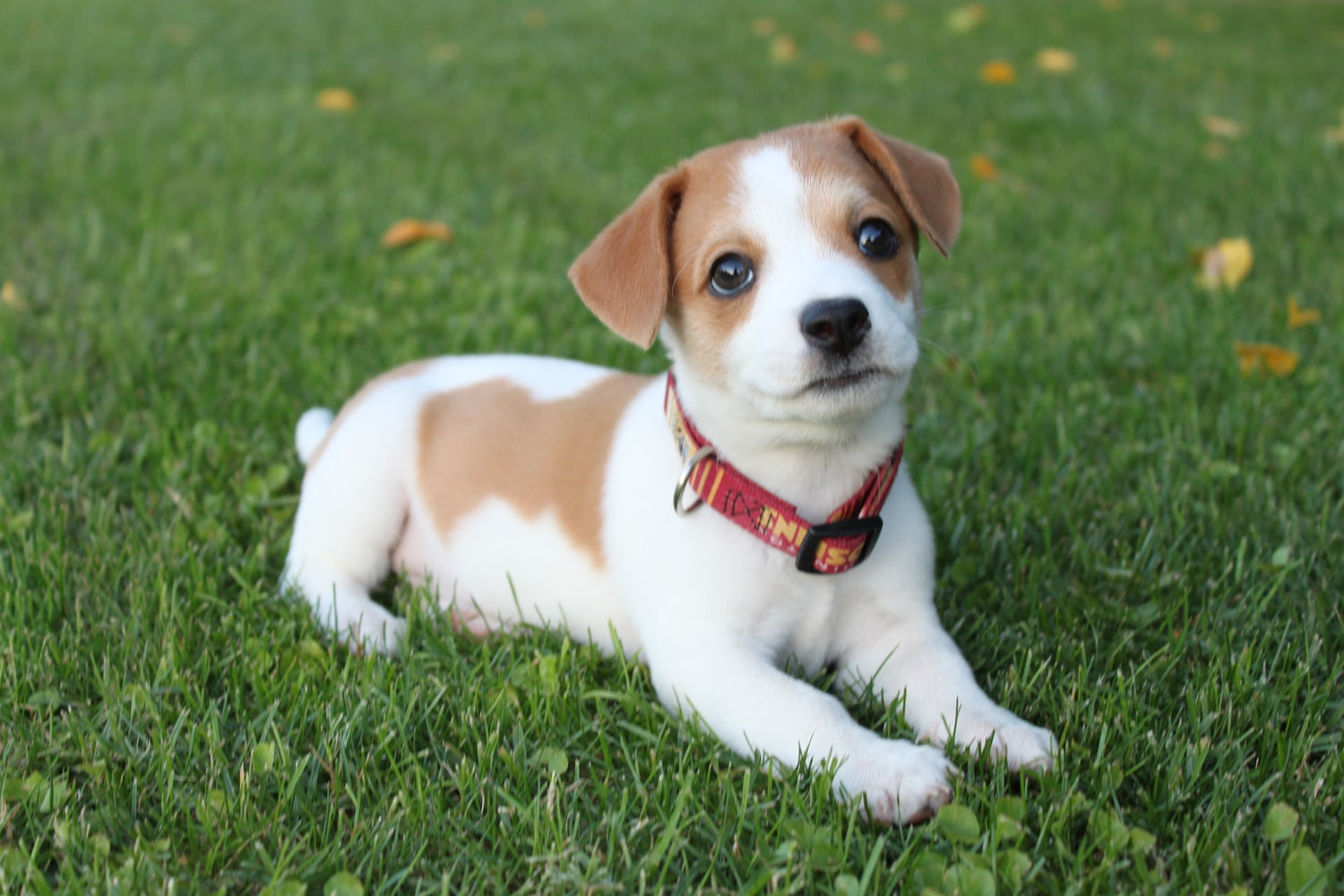Not all dogs enjoy using collars because they can make a dog feel constrained or irritable. Your dog can be continuously pawing at it or attempting to rip it off.
Unfortunately, collars are frequently required for dogs. The ID tags on collars enable others to recognise your pet and keep them safe. How should you proceed if your dog abhors wearing a collar so much?
Here are tips on how to handle a dog that despises wearing a collar.
Donning Collars
The process of fastening your dog's collar is crucial. If you train your dog properly, there are ways to ensure that they will wear one of their own volition.
Avoiding chasing your dog while trying to put on their collar is important. Dogs dislike being led or restrained into performing anything. You can make collars less intimidating by eliminating the aggressive component.
When it comes to donning a collar, always try to have a laid-back, composed, and informal demeanour. Your dog will sense your anxiety and displeasure if you don't.
You might also try wearing a collar for periods. Your dog will be able to adjust to it without becoming overwhelmed in this way.
Choosing the Right Collar
If the collar your dog is wearing is the wrong one, no amount of training will help. Your dog's needs for kind and size will determine their ideal collar.
There are many distinct types of collars. Some collars come with buckles that you might want to use when teaching your dog. If necessary, they make it simple to remove.
Choose a type and substance that your dog will find comfortable. The easiest way to get them used to wearing a collar is to start tiny and light.
Another crucial factor is the collar's size for your dog. It can be uneasy or even harmful if it's too small or large.
It shouldn't be overly tight because it would make it difficult for them to breathe or move. However, a collar shouldn't be too loose either because it could slip off or get tangled in other items.
Examine this sizing chart to determine the ideal collar size for your dog. You may measure your dog's dimensions using these instructions.
To get started, you'll need a measuring tape or rope. Then, just follow the straightforward directions on the sizing guide page.
Your dog's neck size will decide the type and size of collar you need to purchase.
Applying Effective Methods
You may try a few quick suggestions and tactics while your dog is wearing a collar. Maintain your composure when it is being put on. This also holds true for how long they have to wear collars.
Distracting your dog from what they are wearing is one strategy to attempt. You can achieve this by giving them food right away after putting on their collar.
Alternatively, you might play with them right after they've used their prefered toy. They will be more likely to focus on something else if you can distract them from the collar.
Avoid removing the collar when your dog is grumbling or pawing at their neck. This will reinforce the behaviour and let them know that acting in that manner is acceptable when wearing one.
Only remove the collar when they are at ease or preoccupied.
Conclusion
Your dog must feel at ease wearing a collar because they frequently have to use a leash. The wearing of a leash while taking a dog for a walk in public is mandated by law in many states. Wait several weeks before teaching your dog to go for walks if they are still young.
Your dog will get more comfortable with their collar if you train them to walk properly. Dogs also enjoy going for walks. The collar and leash will eventually start to represent a good thing.
Find personalised dog collars in Australia at Native Collars! We manufacture and sell pet accessories such as dog collars, leads, and toys.
Every item is handmade from paracord or biothane—materials that are strong, durable, and made to last. Get the ideal collar for your dog by visiting our shop!



